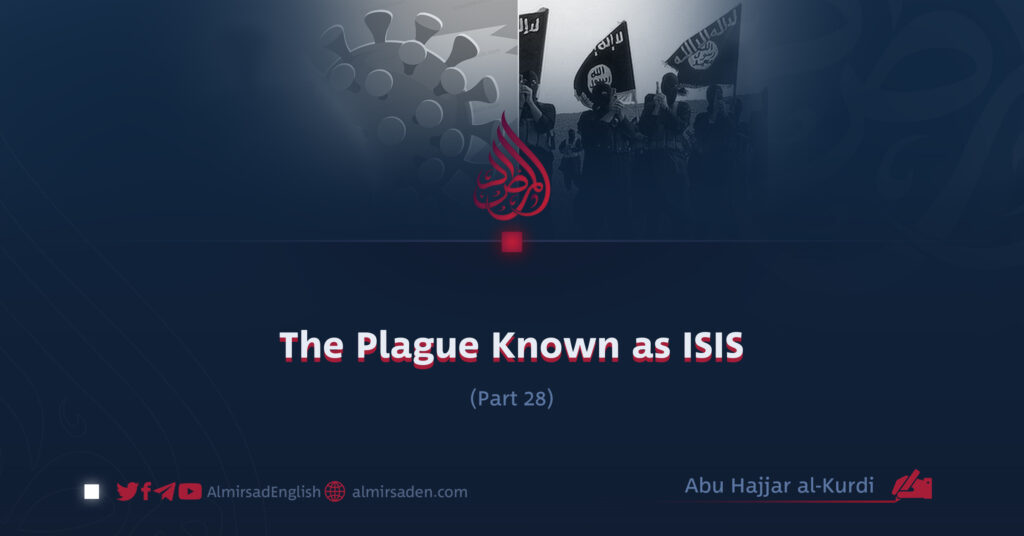Part 28
By Abu Hajjar al-Kurdi
The Crimes of ISIS in Diyala Province
Earlier parts of this series highlighted a grim reality: wherever the followers of Ibn Muljam appeared, they left behind a trail of blood. For Sunni communities, their presence meant murder and oppression. That legacy of cruelty remains the defining mark of this misguided and corrupt sect.
Diyala Province, in eastern Iraq, was among the regions scarred by ISIS atrocities. The group never managed to take full control of the province, yet that did not stop it from carrying out repeated crimes. To understand how these events unfolded, it is useful to look first at Diyala’s geography and then at the course of ISIS’s advance.
Diyala’s Geography
Location: Diyala lies in eastern Iraq and is one of the country’s most important border provinces. It touches Baghdad to the west, Salah al-Din to the north, Kirkuk to the northwest, Nineveh beyond that, Wasit to the south, and Iran along its eastern frontier.
Natural Features: The Hamrin mountains stretch across its north and east, while fertile plains, wide orchards, and rivers cover much of its interior. These rugged highlands and borderlands provided cover for concealed movements and made the region well suited to ambushes and surprise attacks.
Ethnic and Religious Diversity: Diyala’s population is mixed, comprising Shi’a, Sunnis, Kurds, and Turkmen. Kurds are concentrated in towns like Khanaqin and Jalawla, Sunnis live mainly in the central and southern districts, while Shi’a form the majority elsewhere. This mix has long made Diyala a flashpoint for conflict, a vulnerability that ISIS exploited to its advantage.
Strategic Significance: Diyala’s position gives it exceptional strategic importance. It lies on Baghdad’s doorstep, connects the capital to northern Iraq, and serves as a corridor toward Iran. For ISIS, even a foothold in the province offered both military advantage and political leverage.
ISIS’s Push into Diyala
ISIS entered Diyala in stages, seizing ground for brief periods before being driven back by the Iraqi army and allied forces.
Early 2014: The group struck first in the northern and central districts, overrunning riverside lands and orchards and attacking Buhriz, just outside Baqubah. They held parts of the area for several days before Iraqi government troops, reinforced by Iranian-backed Shi’a militias, moved to halt their advance toward Baghdad and Kirkuk.
Mid to Late 2014: ISIS pushed deeper, taking full or partial control of towns such as Jalawla and al-Sa’diya. The northern orchards of Muqdadiyah also became a key stronghold. By November 2014, a joint campaign by Kurdish Peshmerga, the Iraqi army, and Shi’a militias forced the group into retreat. Jalawla, al-Sa’diya, and other contested areas were eventually freed from ISIS control.
